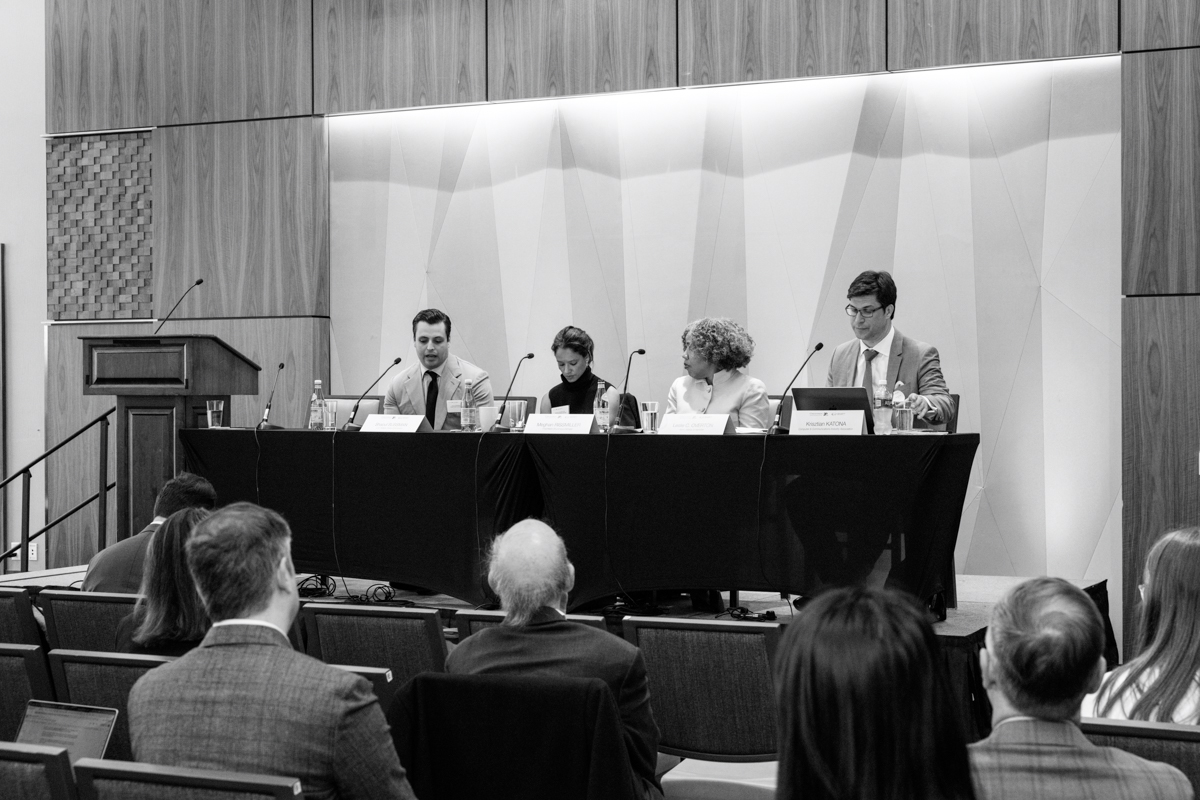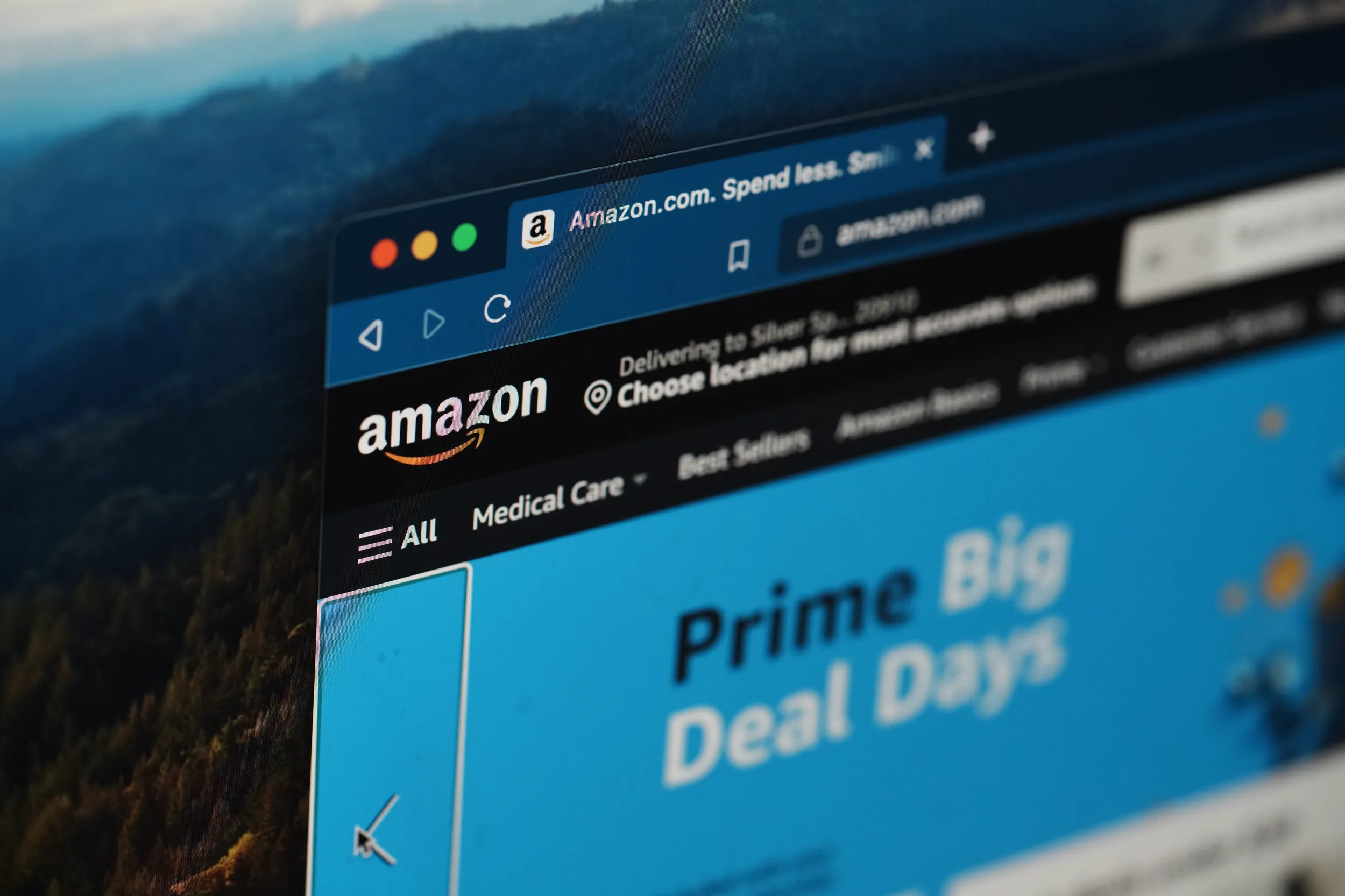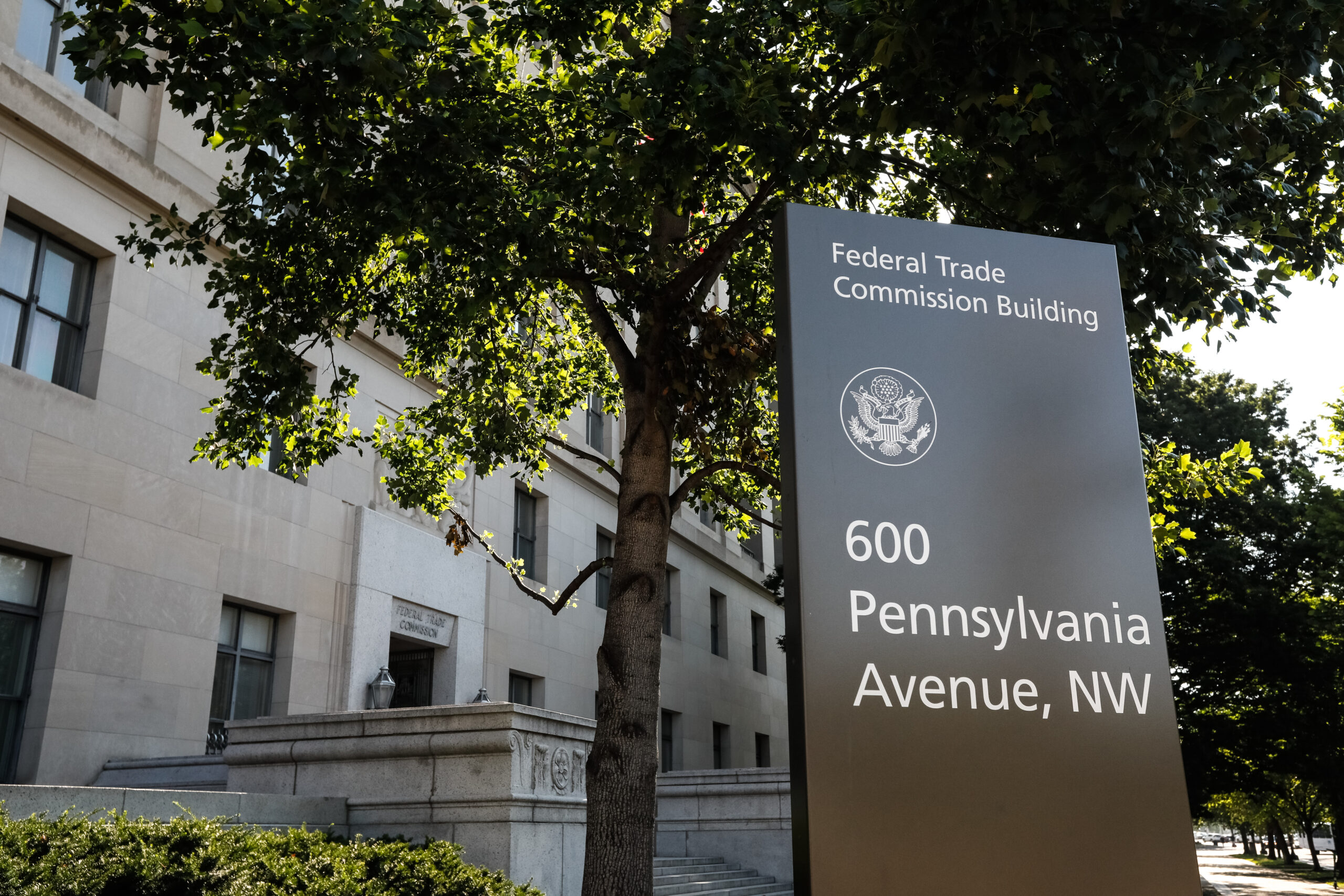FTC Hearings #13: Merger Retrospectives
The FTC held its 13th Hearing on Competition and Consumer Protection on April 12, 2019. This hearing focused solely on merger retrospectives. This is the 13th part of a series covering the FTC Hearings; the collection of posts on the series can be found here.
FTC Chairman Joseph Simons began with opening remarks, stating the importance of these hearings:
“One of the primary reasons for holding our Hearings… is to see if we are doing merger enforcement the right way, and if not, how to fix it. Achieving this purpose could also have the important effect of refreshing the strong bipartisan consensus on merger enforcement that has existed for the past two decades or so. My belief is that merger retrospectives can play a critical role in making sure our merger enforcement approach is on the mark and done with a strong bipartisan consensus.”
Panel #1: What Have We Learned from Existing Merger Retrospectives?
Leemore S. Dafny, Professor at Harvard Business School, started off the first panel by discussing the healthcare sector, and specifically hospital mergers, because these types of mergers are “well-studied.” Dafny detailed the use of data from hospital mergers and the simulation of “what if” scenarios. According to Professor Dafny, some of these scenarios have demonstrated that combinations of hospitals across geographic markets are associated with significant price increases, and limited cost reduction. She noted that “we know a little less about” other industries but remarked that research in other areas is growing.
Jeff Prince, Professor at Indiana University Kelley School of Business, discussed some of the driving factors as to why some firms merge and others do not. Prince cautioned that we need to make sure some of those factors, such as political factors, are not driving the outcome. He also discussed looking at mergers from a non-price perspective, and used the airline industry as an example. Outside of price, Professor Prince believed that one of the other key metrics that consumers typically focus on for airlines was on-time performance. He then highlighted some studies that showed that while on-time performance initially decreased in the aftermath of a merger, it improved after a period of time and led to greater overall on-time performance. Prince hypothesized that this was because after the initial merger, there may have been short-term problems with implementation, but in the long run there were efficiency improvements.
The moderator then asked a series of questions, one of which was whether there were any industries more suited for qualitative analysis than statistical analysis. Dafny discussed how analyses often focus on price yet that can be hard to measure in different industries. However, she did mention that price, despite being “hard to construct,” is sometimes a nice summary measure, even though it’s oftentimes overemphasized. Christopher T. Taylor, from the FTC Bureau of Economics, said the pertinent question to ask is, “how do we broaden the methodologies so we can get at other industries where price isn’t the most significant factor and is the most readily available?” John Kwoka, Professor of Economics at Northeastern University Department of Economics, believes that there is a tendency in literature to look at price, and not quality, but those factors do not have to be independent of each other. For instance, he said that if we observe a particular industry where price falls it could actually be associated with a decrease in quality. According to Kwoka, looking at price itself is incomplete in evaluating what the full effects of a merger may be.
Another question the panel focused on was what issues merger retrospectives were likely or unlikely to successfully address. Kwoka discussed selection issues in merger retrospectives, saying that:
“Not every industry is likely to be investigated, not every result is of equal interest, not all studies are published…there are selection issues. It’s important that any compilation of these studies be sensitive to these kind of forces.”
Professor Dafny talked about the richness of healthcare data as a huge advantage in exploring monopsony power; she cautioned against overgeneralizing the effects on labor markets, as “you want to be mindful that employment reduction doesn’t always mean monopsony — sometimes it means efficiency.”
Panel #2: How Can Merger Retrospectives Be Used to Improve Prospective Merger Analysis?
Three of the four panelists on this panel were economists and provided an economic, qualitative view in evaluating prospective merger analyses. Christopher Garmon, Professor at the University of Missouri, discussed the history of hospital mergers and how, as a result of eight straight losses, former FTC Chairman Timothy Muris decided to institute a merger litigation task force that conducted a deep dive into these mergers. Frank Verboven, Professor at KU Leuven Department of Economics, discussed the evaluation of a large merger of the painkiller market in Sweden. Even though the merger went through, the effects were “so large” that they could look at the nitty-gritty aspects of a lot of things. Professor Verboven argued that for any demand model the key is to capture the main dimensions of product differentials. Matthew C. Weinberg, Professor at The Ohio State University Department of Economics, used the beer industry as an example of using data before and after the merger to estimate demand in the beer market.
Angelike A. Mina, an attorney at the FTC Bureau of Competition, provided a different type of methodological tool — the Merger Remedy Study. The FTC gathered some limited sales data, interviews, internal information such as Commissioner memorandums, and discussions with investigative case teams. This study looked at the orders the FTC issued between a certain period of time, in total 89 mergers.
Panel #3: Should the Findings from Merger Retrospectives Influence Horizontal Merger Policy, And If So, How?
Orley Ashenfelter, Professor of Economics at Princeton University and Director of the Industrial Relations Section, discussed his involvement in the Staples/Office Depot merger, and how in that case merger retrospectives were used to evaluate that potential merger as well. Ashenfelter stated that merger retrospectives could assist in not only studying past mergers, but in future mergers. He also argued that it was inevitable that merger retrospectives affected horizontal merger policy.
Professor Dafny was positive in her view of the helpfulness of merger retrospectives and also believed that they should influence merger policy. She stated that merger retrospectives can help stakeholders understand what’s happening in mergers, inform screening methods, and help deter anticompetitive conduct. She also proposed piloting a default merger review system. This would essentially mean that all transactions of a certain size would be evaluated three years after closing. The exception to the general rule, according to Dafny, would be that if agency staff believed that the merger retrospective was not useful, then they could write up a summary of why the agency should not undertake this. Deborah L. Feinstein, Partner at Arnold & Porter, also echoed the previous panelists’ sentiments that merger retrospectives were important, but argued that it was important to understand why we should be doing one in the first place. Feinstein further argued that even mini-merger retrospectives were useful. For example, even something small like agency staff informally calling up customers after a merger to get a sense of whether a merger was better or worse for consumers would aid in understanding the after-effects of mergers.
One of the questions posed by the moderator was that as there seems to be a concentration in merger retrospectives in particular industries, such as the airline or hospital industry, what can we infer from that concentration in particular industries on merger policies? Steven Barry, Professor of Economics at Yale University, emphasized that economists like himself are “people of the details” so they think about the different effects of mergers in different industries. Professor Dafny talked about the selection biases of researchers like herself, such as picking what interests them or where data is available in analyzing mergers. That was why, she argued, she had proposed a non-random merger policy to limit this selection bias.
Panel #4: What Should the FTC’s Retrospective Program Be Over the Next Decade?
Nancy L. Rose, Professor at the Massachusetts Institute of Technology Department of Economics, began the discussion by suggesting that outsourcing or initiating more collaborative work with academics should be in the picture, including offering data to academics. Professor Kwoka talked about the importance of examining single mergers and their value, especially when the outcome is different from what was originally predicted. William E. Kovacic, Professor at the George Washington University Law School, echoed Professor Rose’s concerns about agency constraints on resources, but added that there was “great value” in documenting the assumptions present in formulating decisions to prosecute, and making it clear why an agency decided to act or not to act. Professor Kovacic argued that by spelling out these key assumptions, agencies can better understand why a decision was made. In addition, he also believed that informative closing statements, which are already being conducted in other jurisdictions, ought to explain in detail why a particular merger was or was not closed.








